In a photoelectric experiment , thte graph of frequency υ of incident light (in Hz) and stopping potential V (in V) is as shown in the figure. From figure , the value of the Planck's constant is (e is the elementary charge )

eabcb
ecbab
eacbc
eacab
The correct Answer is:A
According to Einstein.s photoelectric equation
hυ=(K.E)max+ϕ0
where ϕ0 is the work function, υ is the incident frequency and h is the Planck.s constant
Also , (K.E.)max=eV
where e is the elementary charge , V is the stopping potential
eV=hυ−ϕ0
V=h2υ−ϕ0e
Hence , the graph between V and υ is straight line and slope of this graph is given by
Slope =he ...(i)
From the graph in the question , slope =abbc ...(ii)
From (i ) and (ii) , we get h=eabbc
Topper's Solved these Questions
- DUAL NATURE OF MATTER AND RADIATION BOOK - MTG GUIDECHAPTER - DUAL NATURE OF MATTER AND RADIATION EXERCISE - NEET Cafe Topicwise Practice Questions (PARTICLE NATURE OF LIGHT (THE PHOTON)
17 Videos
- DUAL NATURE OF MATTER AND RADIATION BOOK - MTG GUIDECHAPTER - DUAL NATURE OF MATTER AND RADIATION EXERCISE - NEET Cafe Topicwise Practice Questions (MATTER WAVES AND DE BROGLIE RELATION)
39 Videos
- DUAL NATURE OF MATTER AND RADIATION BOOK - MTG GUIDECHAPTER - DUAL NATURE OF MATTER AND RADIATION EXERCISE - AIPMT/ NEET MCQs
30 Videos
- CURRENT ELECTRICITY BOOK - MTG GUIDECHAPTER - CURRENT ELECTRICITY EXERCISE - MCQs AIPMT / NEET
32 Videos
- ELECTROMAGNETIC INDUCTION AND ALTERNATING CURRENTSBOOK - MTG GUIDECHAPTER - ELECTROMAGNETIC INDUCTION AND ALTERNATING CURRENTSEXERCISE - AIPMT/NEET MCQS
31 Videos
Similar Questions
In an experiment on photoelectric effect the frequency f of the incident light is plotted against the stopping potential V0. The work function of the photoelectric surface is given by ( e is the electronic charge)
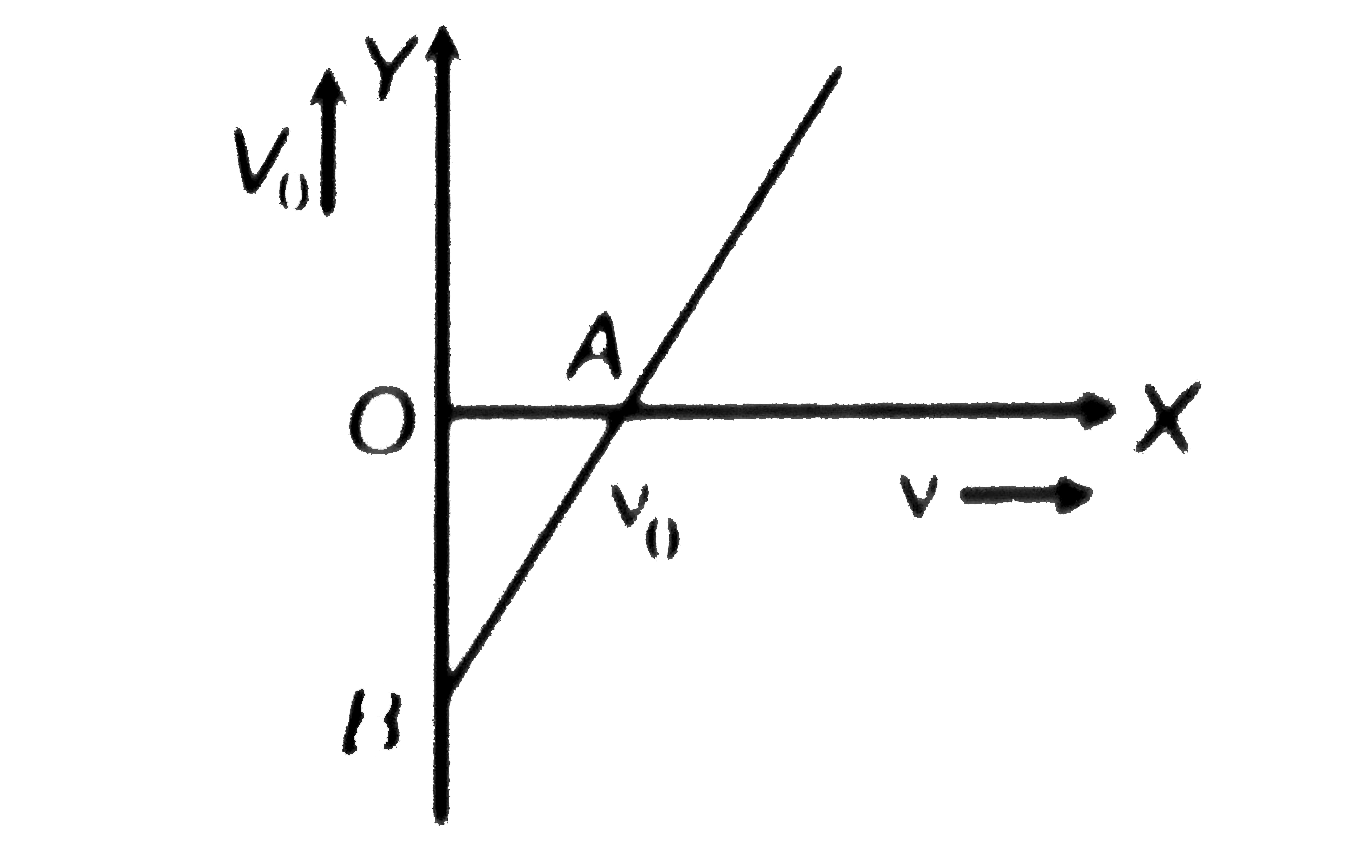
View SolutionThe stopping potential for photoelectrons from a metal surface is V1 when monochromatic light of frequency υ1 is incident on it. The stopping potential becomes V2 when monochromatic light of another frequency is incident on the same metal surface. If h be the Planck’s constant and e be the charge of an electron, then the frequency of light in the second case is:
View Solution
Knowledge Check
In a photoelectric experiment, the graph of frequency v of incident light (in Hz) and stopping potential V (in V) is as shown in the figure. Planck's constant is (e is the elementary charge)
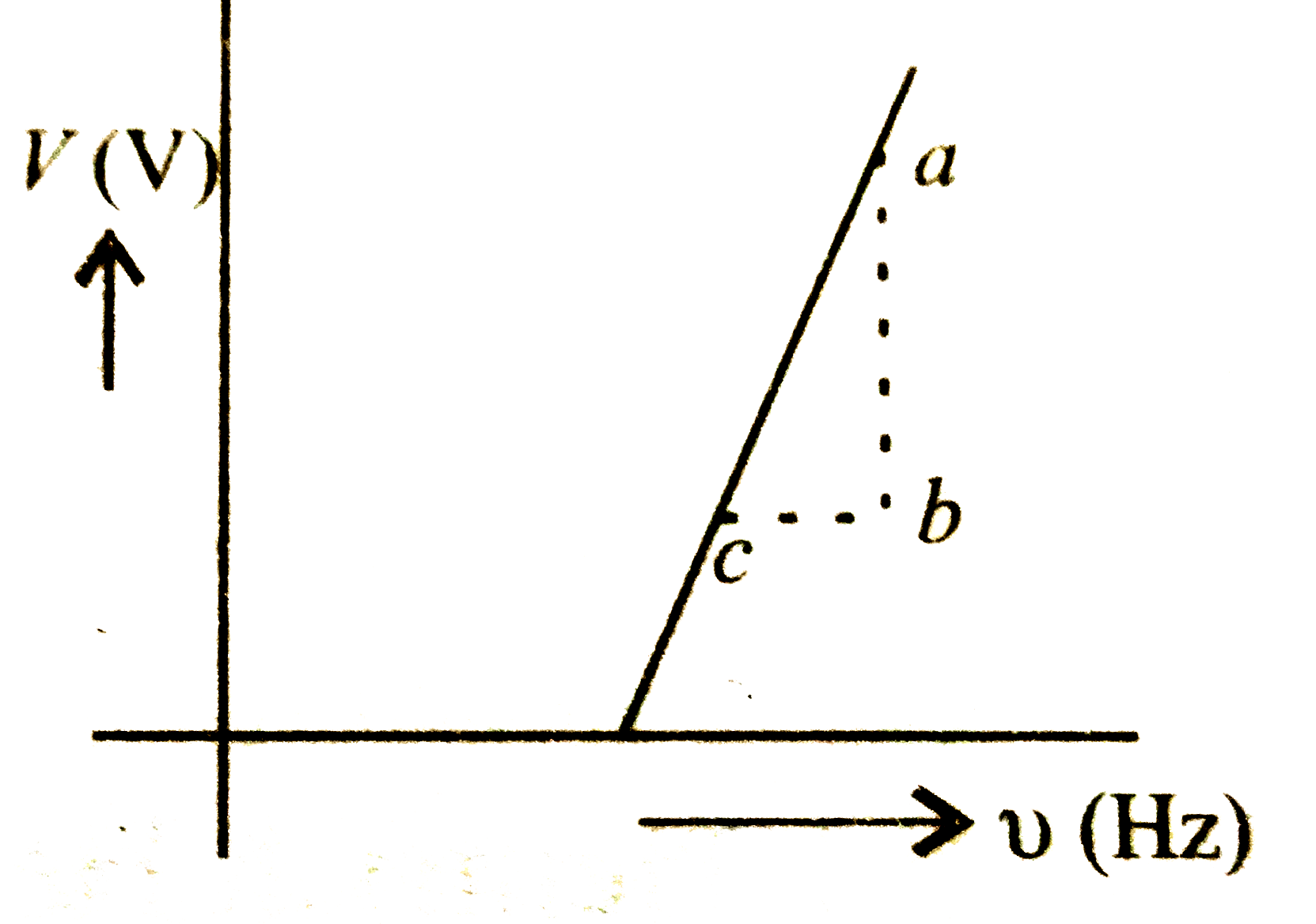 AeabbcBecbacCeacbcDeacab
AeabbcBecbacCeacbcDeacabIn a photoelectric experiment, the graph of frequency v of incident light (in Hz) and stopping potential V (in V) is as shown in the figure. Planck's constant is (e is the elementary charge)
 AeabbcBecbacCeacbcDeacab
AeabbcBecbacCeacbcDeacabWhich of the following is the graph between the frequency (v) of the incident radiations and the stopping potential ?
A B
B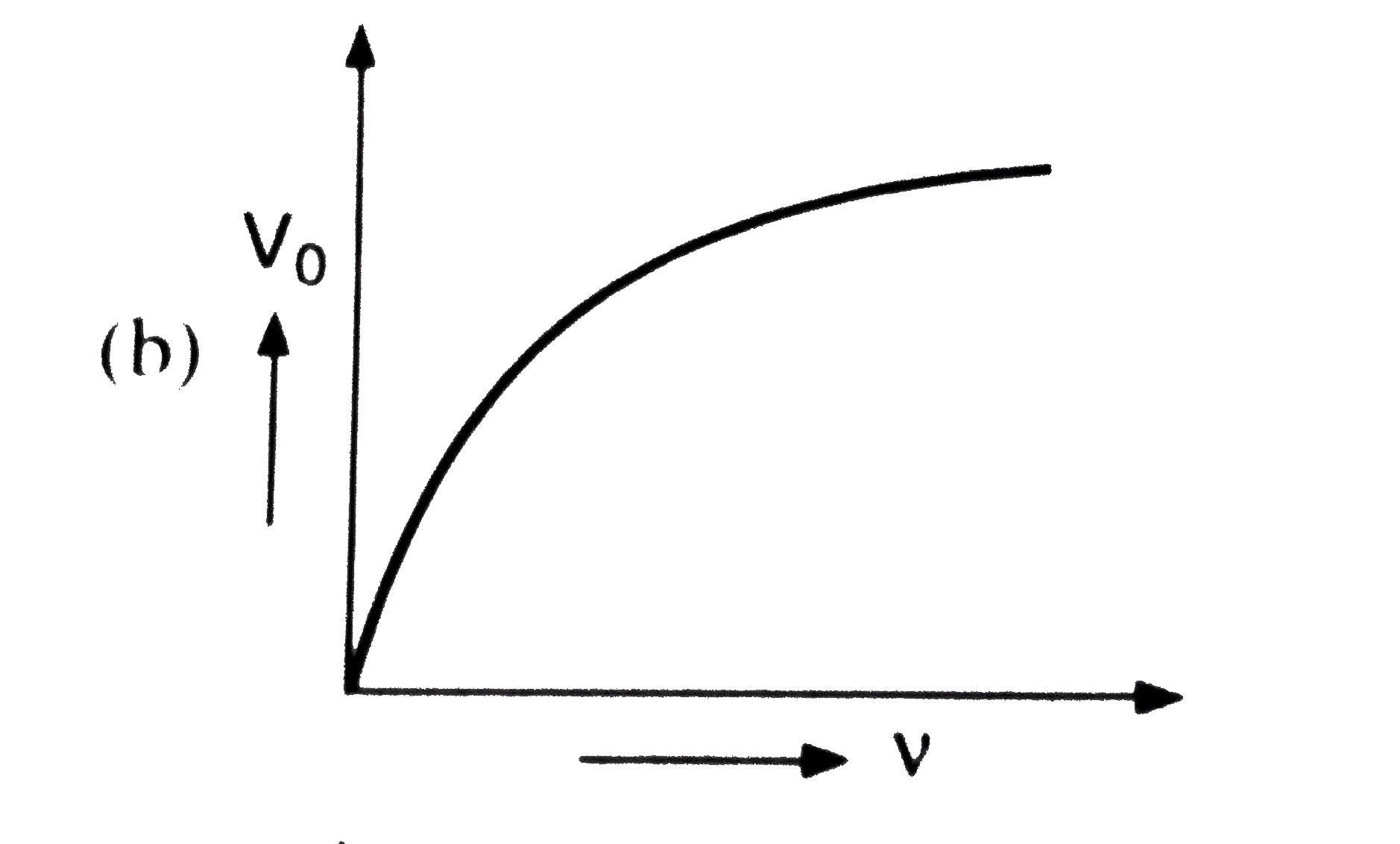 C
C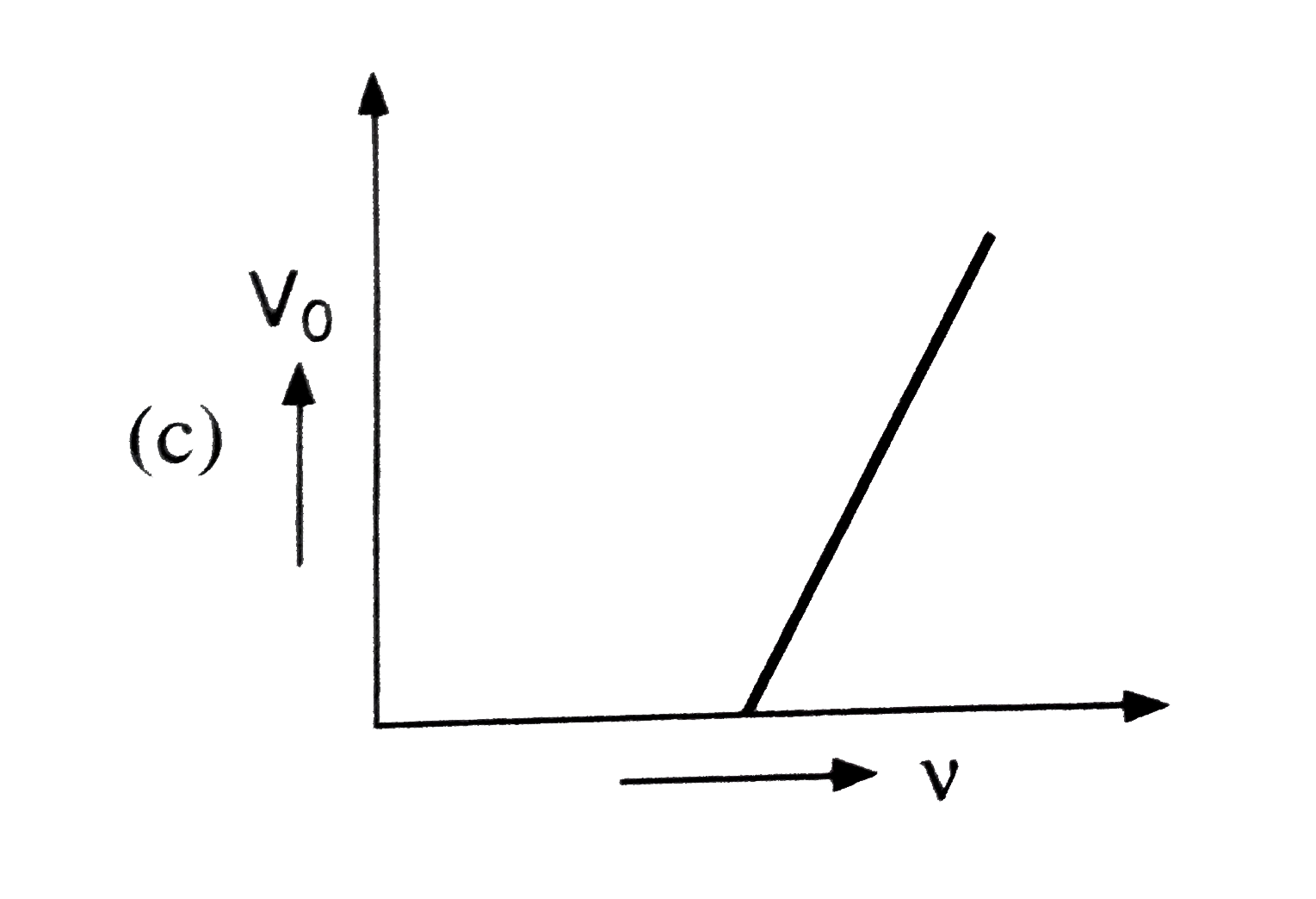 D
D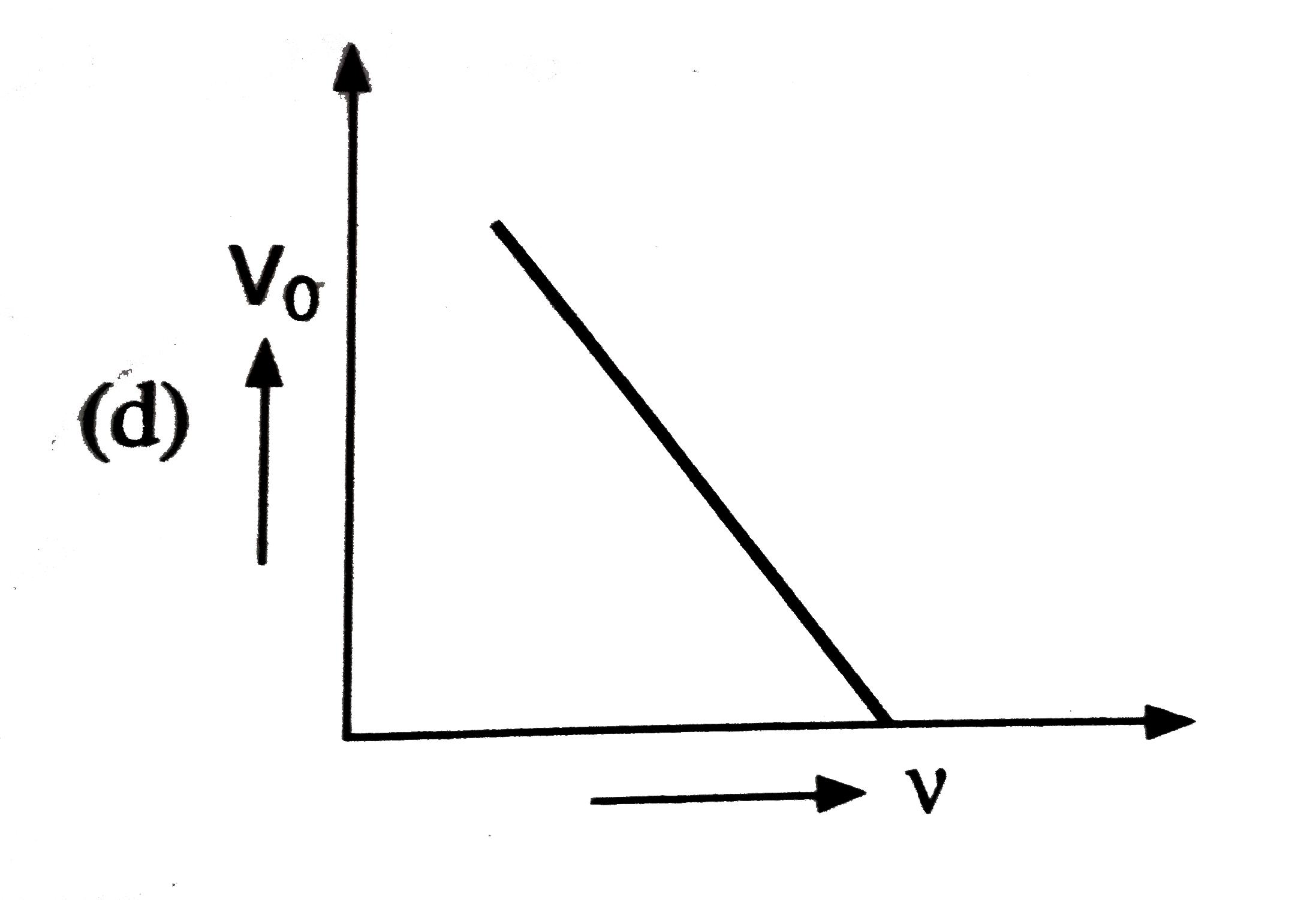
In a photoelectric effect experiment, the slope of the graph between the stopping potential and the incident frequency will be :
View SolutionIn a photoelectric effect experiment, the slope of the graph between the stopping potential and the incident frequency will be :
View SolutionThe stopping potential for photoelectrons from a metal surface is V1 when monochromatic light of frequency υ1 is incident on it. The stopping potential becomes V2 when monochromatic light of another frequency is incident on the same metal surface. If h be the Planck’s constant and e be the charge of an electron, then the frequency of light in the second case is:
View SolutionIn an experiment on photoelectric effect the frequency f of the incident light is plotted against the stopping potential V0. The work function of the metal is given by ( e is the electronic charge)

View SolutionIn photoelectric effect the slope of stop of stopping potential versus frequency of incident light for a given surface will be
View Solution
